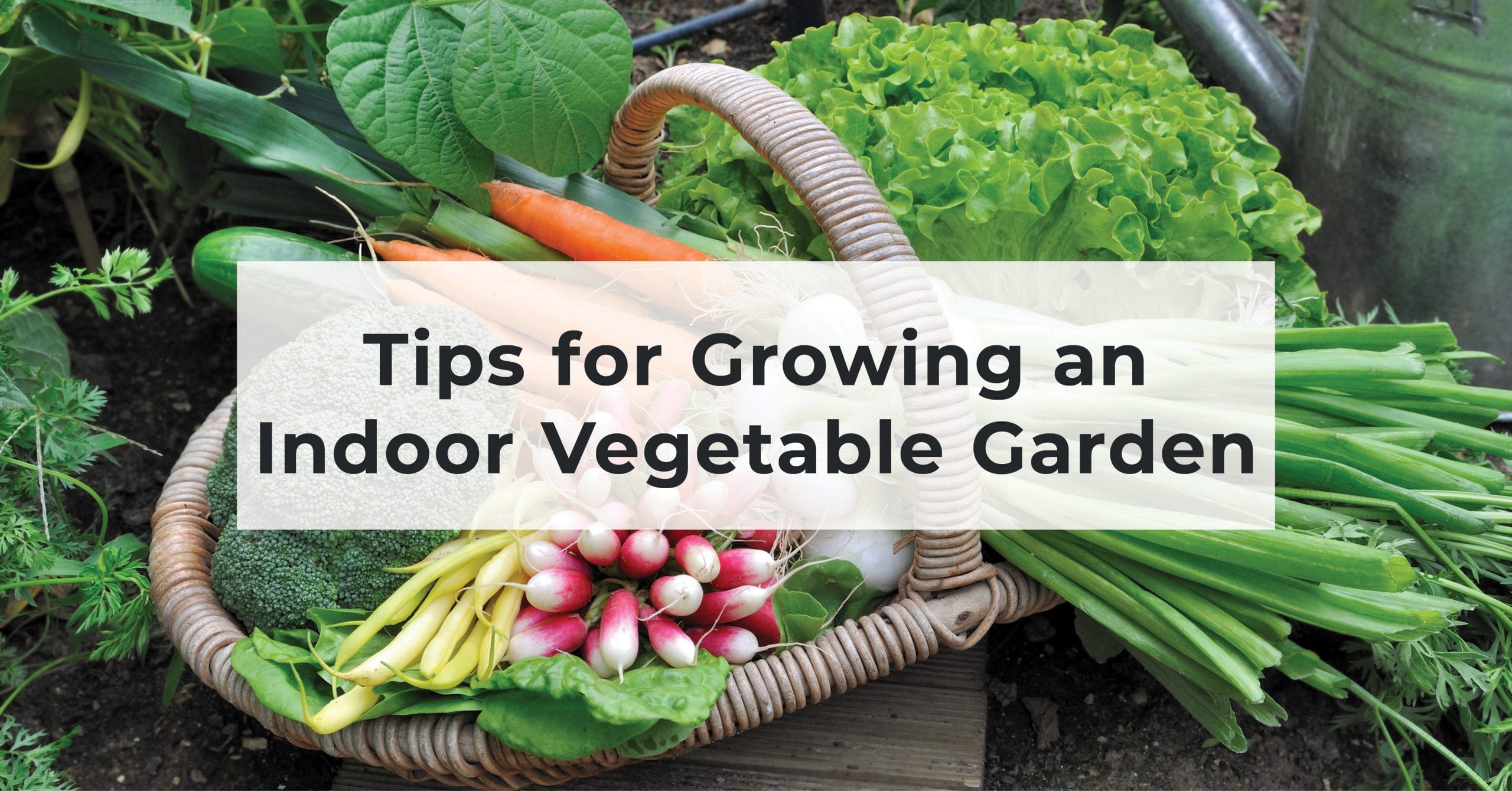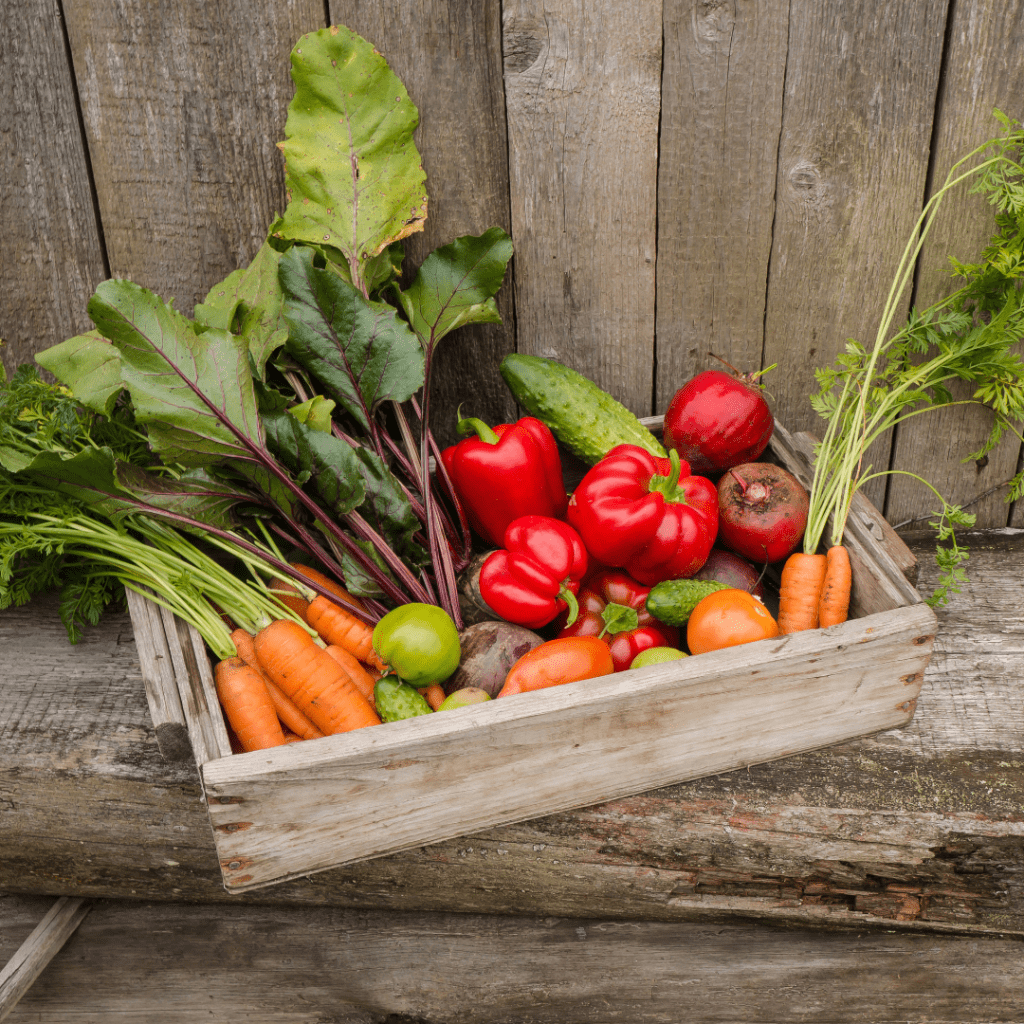
By Alena Kairys
Mar 11, 2021In the spring, the focus tends to be all on the flowers, but it’s also a time for vegetables to shine! Vegetable gardening has taken off with more people spending time at home, and you can get in on the action even if you don’t have much experience tending crops or an outdoor space. Growing vegetables inside is a simple and fun hobby that can yield tasty results. Here are some tips for growing an indoor vegetable garden.
Choose Your Vegetables
First, decide what vegetables you want to plant. Some easy vegetables to grow indoors include: carrots, potatoes, garlic, green onions, herbs, spinach and other leafy greens, peppers, and microgreens. Once you decide what you want to plant, find out what type of care they need. Then, identify the parts of your home to put your vegetables. A good rule of thumb for indoor gardening is to place plants in areas where there’s at least six hours of sunlight each day, avoiding drying air vents. The sunniest spots of a home are generally the south and southwest facing sides.

Prep, Plant, Protect
Create a dirt mixture of ½ soilless potting mix and ½ compost. Soilless potting mix is great for inside use since the risk of pests is lower, and compost will provide more nutrients for your vegetables. Put the soil into a container with drainage holes and add your seeds or plant. Make sure the pot is large and deep enough to accommodate a fully-grown vegetable. Add a tray or saucer under your pots so they don’t damage your flooring. Then, add your seeds or sprouts to the pot and water them. Some serious indoor gardeners have elaborate setups and special lamps for their vegetables, but this isn’t necessary. You can always add an inexpensive LED lamp to your garden to supplement a natural light source.
Be sure your vegetables stay adequately watered, and soon enough you’ll see signs of growth! You should also check your plants regularly for signs of over or underwatering, sunburn, or pest issues. When you keep plants indoors, it’s easy for dust to accumulate on their leaves and block sunlight. Once a week, use a damp, soft cloth to gently wipe dust from the leaves or spray them with lukewarm water. One benefit of indoor gardening is that you have more control over your environment than outside, so feel free to move them around if needed.
Harvest
After many weeks of waiting, the moment of truth is here! Each vegetable has a different time frame for when they’re ready to be harvested; keep this in mind if you can’t see the vegetable’s growth on the surface. If the vegetable grows underground, excavate the crop. If it grows above ground, use a clean pair of scissors or shears to cut off the edible portion. As you’re enjoying your bounty, try saving the seeds or the rooting part of the vegetable to plant next time around.
There’s nothing like enjoying fresh vegetables that you raised yourself! You’ll get so much joy from seeing the fruits (or vegetables, in this case) of your labor. Growing vegetables indoors makes gardening more convenient and hands-on.
If you have any questions about the home buying process, contact one of our licensed Mortgage Loan Originators. If you are ready to begin the home buying process, click here to get started!
These blogs are for informational purposes only. Make sure you understand the features associated with the loan program you choose, and that it meets your unique financial needs. Subject to Debt-to-Income and Underwriting requirements. This is not a credit decision or a commitment to lend. Eligibility is subject to completion of an application and verification of home ownership, occupancy, title, income, employment, credit, home value, collateral, and underwriting requirements. Not all programs are available in all areas. Offers may vary and are subject to change at any time without notice. Should you have any questions about the information provided, please contact us.